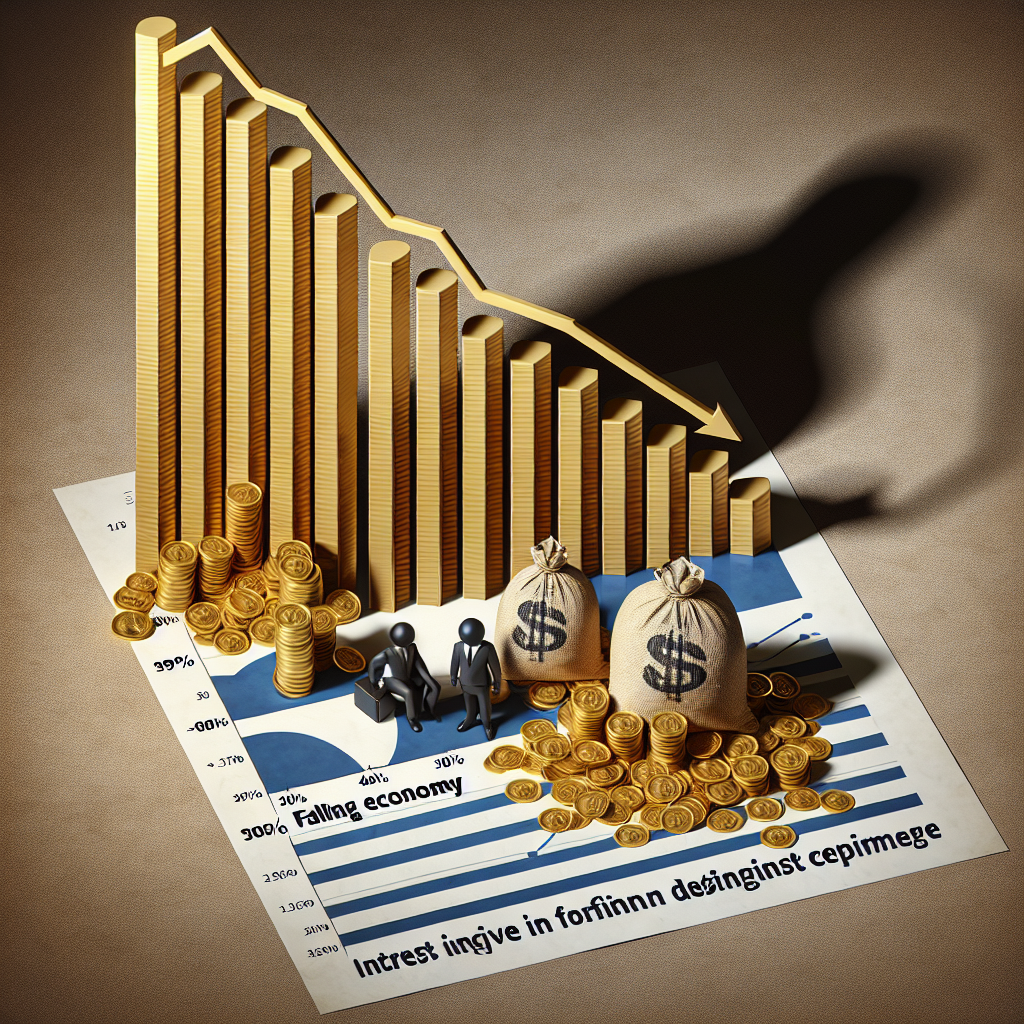According to the latest official data from the Chinese Communist Party, foreign direct investment in China has plummeted by 99% over the past three years, hitting a new low in 33 years. The slowing economy and increasing concerns about the authorities’ harsh anti-spy activities have led to foreign enterprises withdrawing their investments and leaving the country.
On Friday, February 14th, the State Administration of Foreign Exchange of China released international balance of payments data showing that net inflows of foreign direct investment (FDI) into China in 2024 were only $4.5 billion, a decrease of about 99% from 2022. The scale of net outflows of foreign direct investment in 2024 reached $168 billion. Meanwhile, domestic companies accelerated the transfer of funds overseas, with foreign investments totaling $173 billion for the year.
Amid a new round of trade tensions between China and the United States, this trend is expected to continue, posing challenges for the Chinese government in curbing capital outflows.
The slowing Chinese economy and tense geopolitical situation have prompted some foreign companies to reduce their exposure to risks. In 2024, several multinational corporations such as IBM and Microsoft from the United States cut back or withdrew from the Chinese market. Bridgestone announced the cessation of truck and bus tire production and sales in China, while Japanese company Sumitomo Chemical exited the production of large LCD polarizing films.
Additionally, Nippon Steel of Japan ended its half-century partnership with Baoshan Steel under China’s Baosteel Group. South Korean media reported that POSCO is considering selling its stainless steel plant in Jiangsu Province.
To stimulate the economy, Beijing has been lowering interest rates, leading to benchmark rates significantly lower than most developed countries. This has further deterred multinational companies from investing in China and has resulted in capital outflows. Wall Street figures had previously openly criticized the difficulty of repatriating investments from China.
Mainland Chinese media reports suggest that the overall decrease in foreign companies’ investment in China is mainly due to factors such as debt repayment and profit repatriation.
According to a survey released by the China-Japan Chamber of Commerce on Wednesday, nearly half of Japanese enterprises in China indicated they would reduce investment in 2025 or not add new funds. Only 16% of Japanese companies expressed intentions to increase investments in China.
Since China’s opening up in the late 1970s, Japanese companies were among the first foreign enterprises to expand in China and represented the largest group of foreign investors in the country.
In 2024, China recorded a current account surplus of $422 billion, the second-highest in history, with the last quarter surging to a record $180.7 billion, bringing the total for the year to an unprecedented $768 billion in trade surplus.
The significant disparity between China’s imports and exports has become an international issue, causing dissatisfaction not only among Western countries like the United States but also among neighboring countries like India over trade imbalances.
Within a month of taking office, former US President Donald Trump announced a 10% tariff on Chinese goods. The White House also imposed a 25% tariff on steel and aluminum products, along with exploring measures to rectify unequal trade practices. China was the third-largest trade export country to the US in 2024.
Trump’s tariff policies during his first term compelled many Western companies to relocate factories out of China or outsource production elsewhere. With his return to the White House, continuation of previous measures is expected to accelerate a new wave of corporate relocation trends.
A report from the ASEAN Secretariat and the United Nations Conference on Trade and Development showed that China’s investment in ASEAN countries skyrocketed from less than $4 billion in 2010 to a historical high of $17 billion in 2023 post-COVID pandemic.
Analysis from Rongding Consulting in New York indicated that by 2023, only 28% of China’s outward investments flowed into developed economies, significantly lower than the 80% in 2016 and 50% in 2021.
A study released by Goldman Sachs in September 2024 revealed that in 2022, Asian and African developing countries received the largest share of foreign direct investment from China.
In the past decade, Beijing’s outbound investments have fluctuated dramatically, peaking in 2016 at over $200 billion including overseas acquisitions by conglomerates like Hainan and Anbang Groups.
Subsequently, Beijing tightened capital controls and suppressed overseas activities and transactions of private enterprises. Simultaneously, the US and its allies strengthened investment scrutiny for national security reasons, sharply slowing Beijing’s investment capabilities in technology and other sensitive sectors.
Currently, more and more Chinese companies are choosing to build car factories in Malaysia, power infrastructure in Vietnam, and chemical plants in Kazakhstan, investing in factories in regions promoted by China’s Belt and Road Initiative.
Analysts point out the need to closely monitor Beijing’s economic investment activities in the region to guard against serving political opportunistic goals of the Chinese Communist Party.

